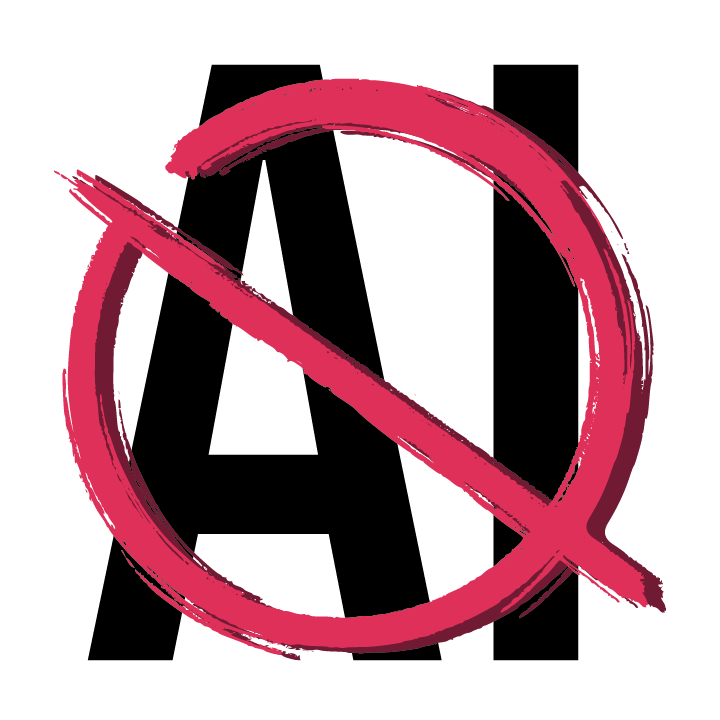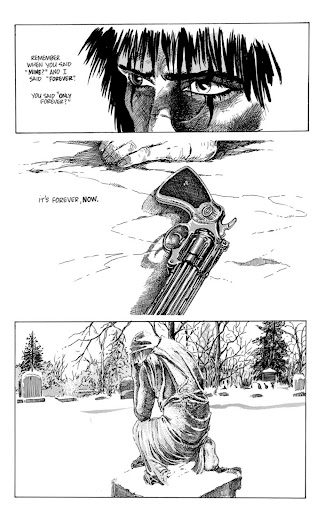By: Lindsey Welch
When AI generated art first hit the scene its creations were downright uncanny and bizarre, and depending on the generator you’ll still find eyes, limbs, and hands where they shouldn’t be. Many found it silly and fun to mess with, including artists. However as time goes on, and further training of the technology continues, its generated images are becoming more sophisticated and prolific.
Back in Dec. 2023 the professional art portfolio website ArtStation was flooded with images protesting against AI generated artwork in response to AI images being featured on the site’s main page. ArtStation is a place for visual artists to market themselves, their work, and even their tools that they’ve put countless hours of effort into. At the time Dan Eder, a character artist on ArtStation tweeted “Seeing AI art being featured on the main page of ArtStation saddens me. I love playing with MJ [MidJourney] as much as anyone else, but putting something that was generated using a prompt alongside artwork that took hundreds of hours and years of experience to make is beyond disrespectful.”

The training of this technology to output images has sparked new debate on copyright, fair use, and transformative work. Image generators like MidJourney are trained on massive datasets stuffed with billions of images regardless of whether they were copyrighted or fair use and without the consent of the creators of those images. Even more frustrating that generators like MidJourney are charging a subscription fee, and profiting off artists whose work was scraped to train their AI models. When it comes to the copyright aspect of everything much of it boils down to technically legal, but ethically wrong.
As a result some artists are filing class action lawsuits against the companies of these AI image generators. Upon discovering their art and names being used in generator prompts American artists Kelly Mckernan, Sarah Anderson, and Karla Oriz filed a class action lawsuit against three AI image generator companies: Midjourney, Stable Diffusion, and DreamUP. It’s uncertain how successful these lawsuits will be as artistic style technically cannot be copyrighted and AI content could be counted as transformative work, which is a type of fair use that transforms copyrighted work into something new.
While I don’t see artists ever being truly replaced their jobs are being threatened and not just in the way that AI steals potential work. There’s also now a tension of clients having to consider whether the art they’ve commissioned utilize AI or not and how that affects the value. However, as of now AI generated images are not viable for copyright protection so that in itself is helping to make some think twice about using it for commercial purposes.
There’s also been a lot of backlash from customers of AI generators against artists who don’t want their work included in training datasets. Which was the case for artist Sam Yang who wanted his name and art removed from generators, and in retaliation people went and made generator models that replicated his art specifically. There was also an instance of an image generator holding a contest to see who could generate the best image in Sam Yang’s style.
AI is here and there is no magic undo button to make it permanently disappear, its presence will affect numerous careers creative and not. In a statement on AI image generation the Graphic Artists Guild said “AI image generative technology would not be where it is today without having leveraged the labor of artists. They should be recognized, compensated, and protected.” Hopefully as this gets more attention there will be positive changes and restrictions at least put in place to help better value and protect creatives and not just further line the pockets of tech corporations.


